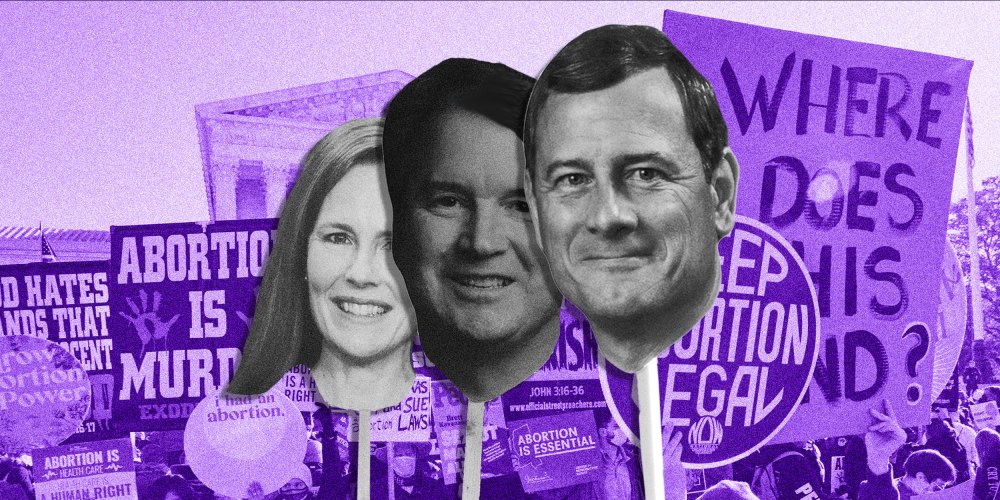During Wednesday’s oral arguments over Mississippi’s 15-week abortion ban, the Supreme Court’s conservative majority appeared shockingly ignorant of the way abortions and, equally important, pregnancy actually work.
It was a grim look into the cruel, anti-scientific stances held by many anti-abortion-rights conservatives.
Chief Justice John Roberts, viewed as something of a moderate, nevertheless signaled a willingness to uphold the Mississippi law’s ban, which defies the fetal viability precedent established in Roe v. Wade and upheld in 1992’s Planned Parenthood of Southeastern Pennsylvania v. Casey. Under Casey, a woman is allowed abortion access without “undue burden” until around 24 weeks of pregnancy.

The chief justice, who has never been pregnant, claimed Mississippi’s 15-week limit is “not a dramatic departure from viability.”
“If it really is an issue about choice,” he asked, “why is 15 weeks not enough time?”
In fact, there are all sorts of reasons someone may want or need an abortion after 15 weeks, many of them health and safety related. Here’s a piece — for him and you — about one couple’s exceedingly difficult decision to undergo a late-term abortion.
Justice Amy Coney Barrett, meanwhile, questioned whether “safe haven laws,” which allow pregnant people to waive their parental rights after giving birth, are an effective solution for “forced” pregnancies.
Abortion-rights advocates “focus on the ways in which forced parenting, forced motherhood, would hinder women’s access to the workplace and to equal opportunities,” she said. “Why don’t the safe haven laws take care of that problem?”













